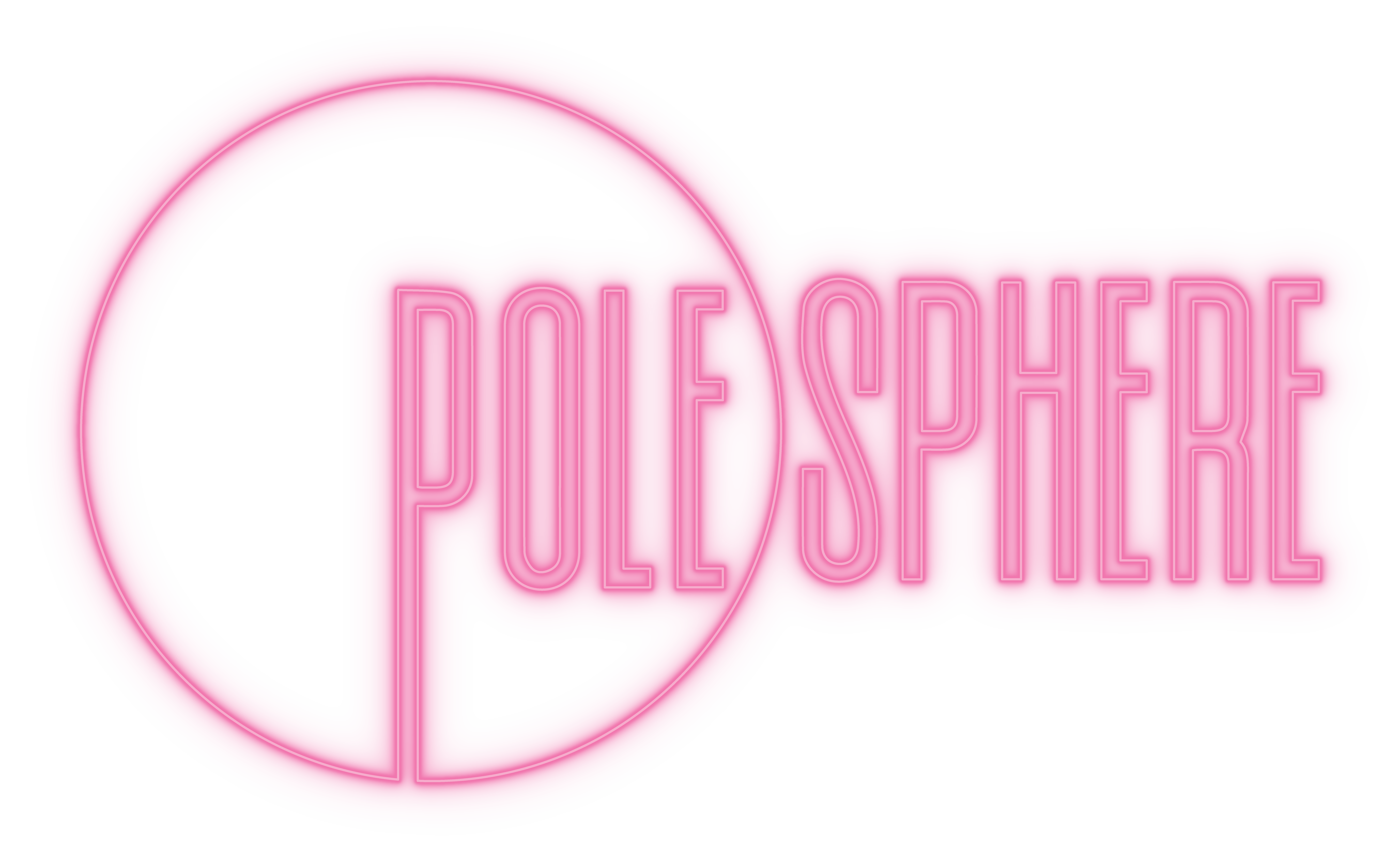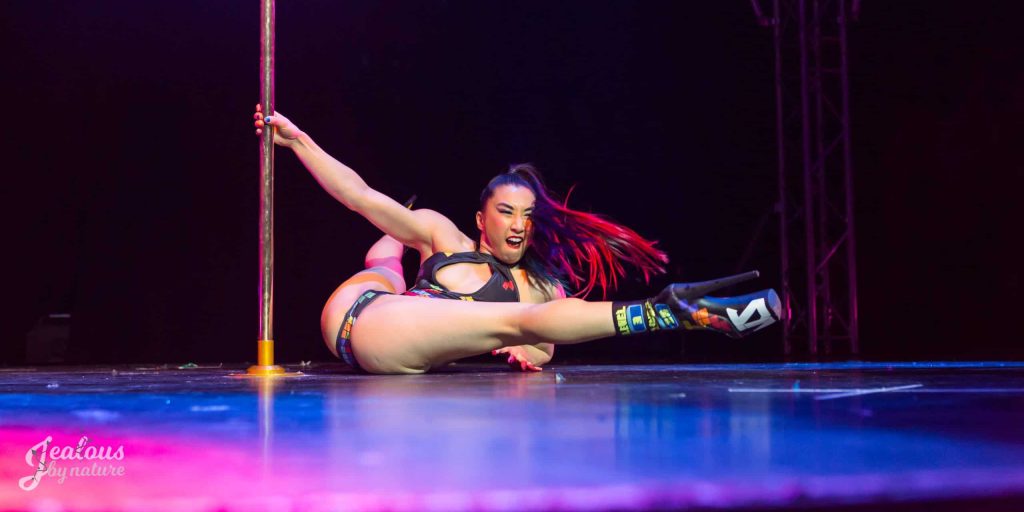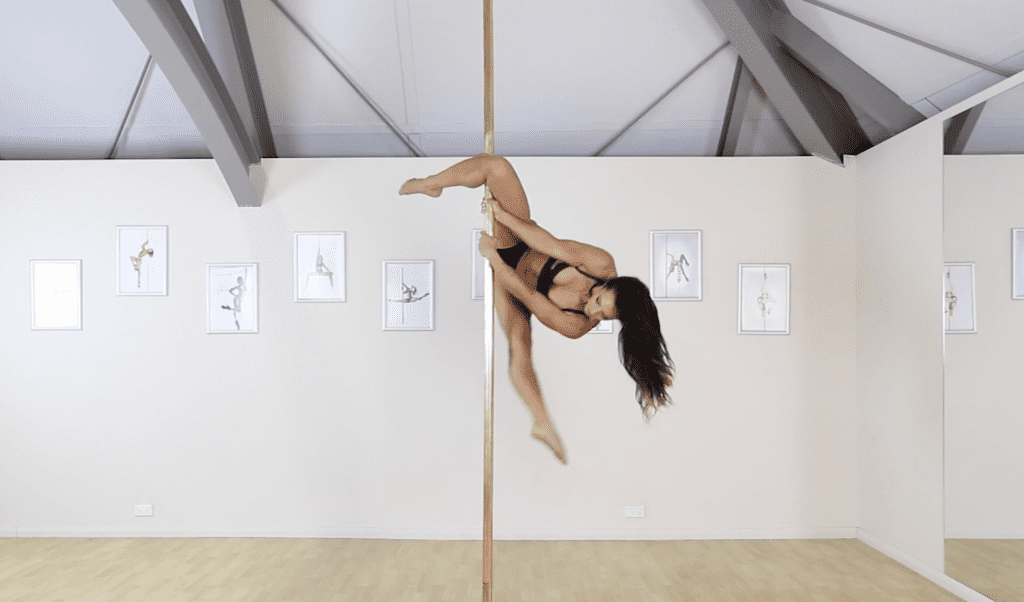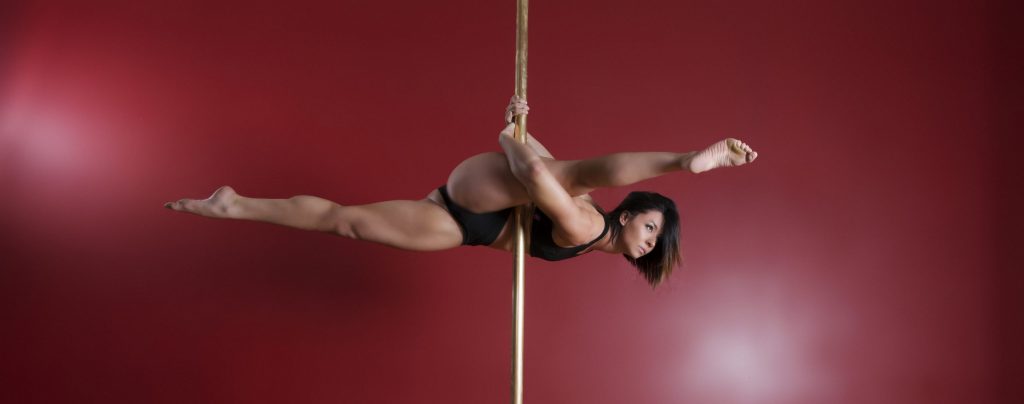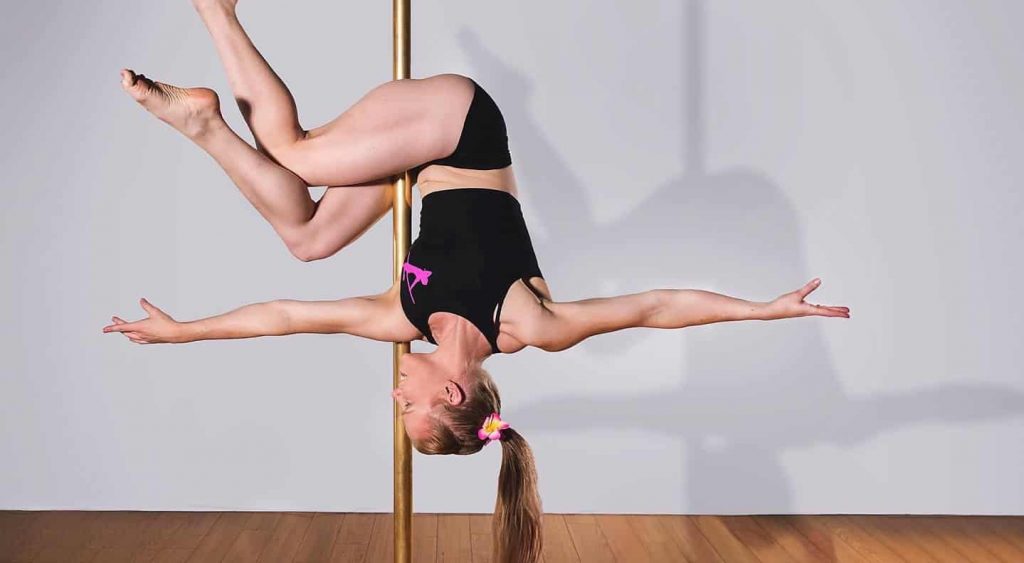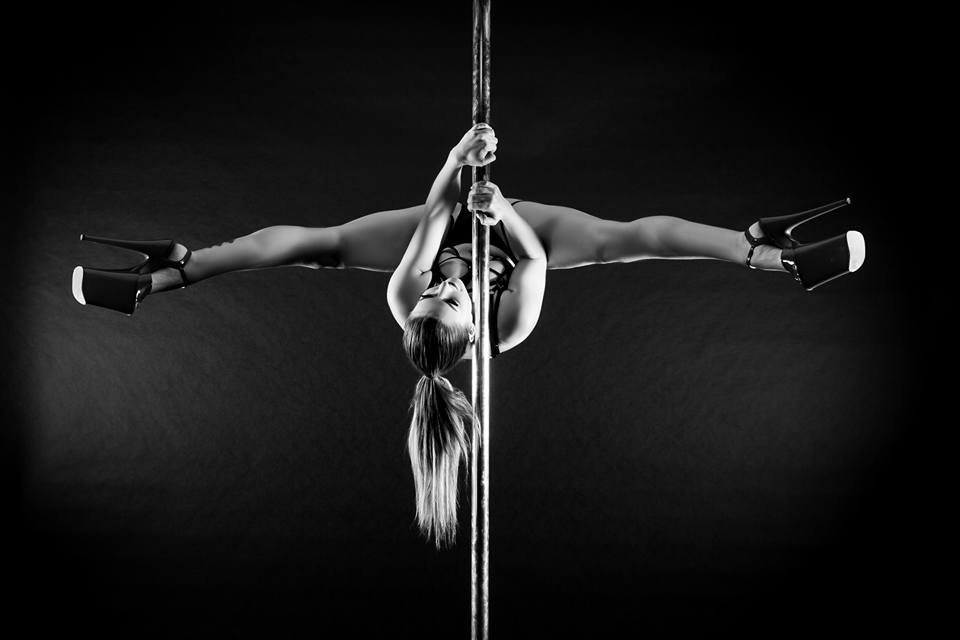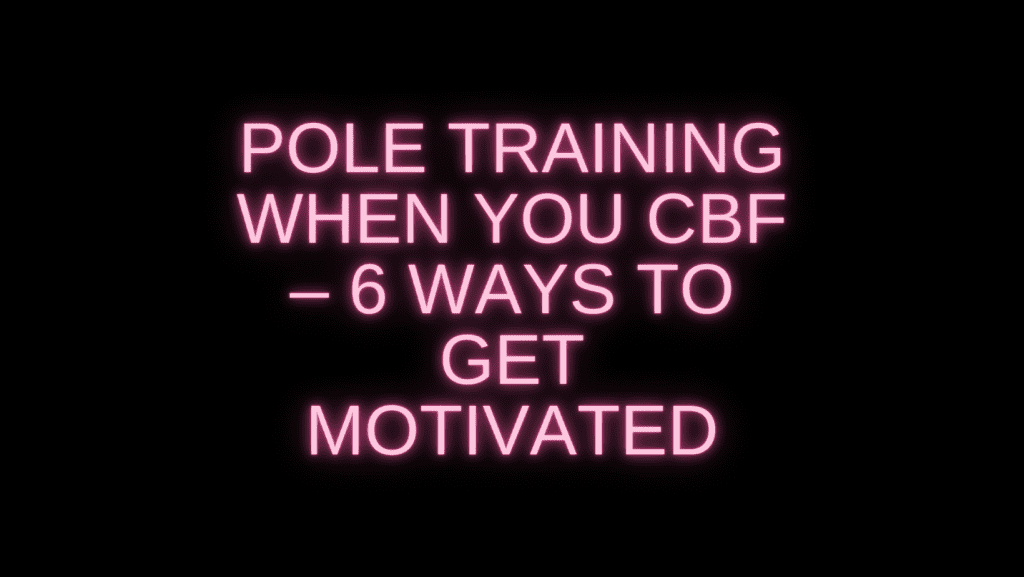Cross training! A vital part of any poler’s repertoire, but so often neglected. If you love pole and you’re keen to have longevity in this amazing artform while doing your best to avoid injury, then cross training is a must. But what is it, why do you need it, and how should you go about it?
Basically, cross training is engaging in a secondary form of exercise/movement in order to improve your fitness or performance in your main sport. It doesn’t have to be arduous or expensive, and you don’t have to try and become an expert in a second activity – we’re not asking you to ride two horses with one arse.
The benefits of cross training can include: injury prevention; improved strength on the pole; happier joints; improved mobility and flexibility; greater active flexibility; improved movement patterns; increased cardio fitness; improved balance and coordination; greater body awareness; better quality of movement, and a nice mental break from focussing only on pole (don’t underestimate this last benefit – it can do you wonders).
Even if you never want to perform or do high-level tricks, pole is not a sport that creates truly well-rounded strength, and if you want to stay injury free over the long term, you’ll need to address the imbalances it creates.
Most Aussie pole professionals who have longevity in our artform are actively cross training. I love Pilates, Filly posts pics of herself flashing her abs in the gym dunnies (I assume she’s used the gym beforehand and not just the dunnies), Joanna’s always on the reformer, AJL’s a certified yogi, Carlie gets down with Pilates, Adam Lin and Megan B hit the dance floor, and the list goes on. We’re not doing pole as our only source of physical conditioning. And we’re in good company – the internet contains a wealth of information on the training regimes of swimmers, NFL players, track athletes, ballet dancers, gymnasts…you name it. And you don’t have to be a professional to need cross training – it is a vital part of a poler’s routine regardless of level.
Something I have noticed in my years of pole is that if you get an advanced pole dancer under a set of monkey bars they can knock out some very confident pull ups – in any grip. However, ask them to perform a standing overhead press with light free weights or bands and the result is often a bit concerning – wobbly, weak, unstable. Yikes.
It’s true that humans will generally find the pull overhead easier than the upwards push. But if pole is all we do, this balance ends up skewing way in favour of the pull. Students are then puzzled as to why their bottom arm buckles when they attempt to learn Ayesha or handsprings, why their shoulders are “stuck” forwards, and why they have horrid impingements/bursitis/repeated strains in their shoulders that they can’t get rid of.
This can be applied across the board for so many of the movements we do in pole. Get a student to do a tuck drill or basic invert on the pole, no worries. Lay them down, cue them to do some focused low abdominal work and watch their pelvis tilt and wobble and the tendons in their neck stand to attention. And then they wonder why they’re having trouble getting up through the last third of their shoulder mount and why their low back hurts during their attempts! And don’t get me started on twisty grip being taught before true or straight grip without any consideration for balanced shoulder conditioning…
So what should you do? Getting started can be as simple as stepping into your local Pilates, yoga, crossfit or dance studio and signing on to try one class a week. Or, going to your physio and asking for targeted exercises to use in your warm up and/or at home. Easy!
Another good starting point can be the strength and conditioning classes at your home studio – though if they are mostly comprised of on-the-pole drills (tuck drills, shoulder mount drills, invert drills, etc), then you might need to also look further afield. These exercises have definite merit (after all, if you want to invert well then you need to practice inverting), but they do represent repetitive drilling of already well-ingrained pole patterns. PoleSphere also has some excellent strength and conditioning tutorials that are extremely easy to add in to your week, and we have an online community ready to support you in your training too.
Personally, my cross training consists of things I enjoy that will target my weaknesses, and I often incorporate it into my warm ups. I dance a lot off the pole, I do PoleSphere workouts, Pilates with therabands, I participate in my legs-abs-butts class and in my stretch class (which contains a lot of conditioning work – and a lot of me yelling “A strong back is a bendy back!”). I try to focus on deep core activation, full range-of-movement mobility, extensor strength, upper back strengthening, shoulder strengthening and stability, and balance and coordination. I try to get my body load bearing in directions that are typically neglected by pole, balance my sides (I’m a bit right-side dominant), and make myself move in ways that challenge me.
If that all sounds a bit complicated, don’t worry, it’s not. It’s just exercise that is not pole dancing and which focuses on creating well-rounded strength. Once you have a solid routine down and you begin to see improvements on the pole you’ll be keen to invest a little more time and effort into your cross training until you find a balance that gets you feeling strong and confident on the pole, and tackling harder moves without injury rearing its ugly head.
Happy training!

Glossary of Terms
Extensor strength: Extensors are any muscle whose contraction extends or straightens a limb or other part of the body
